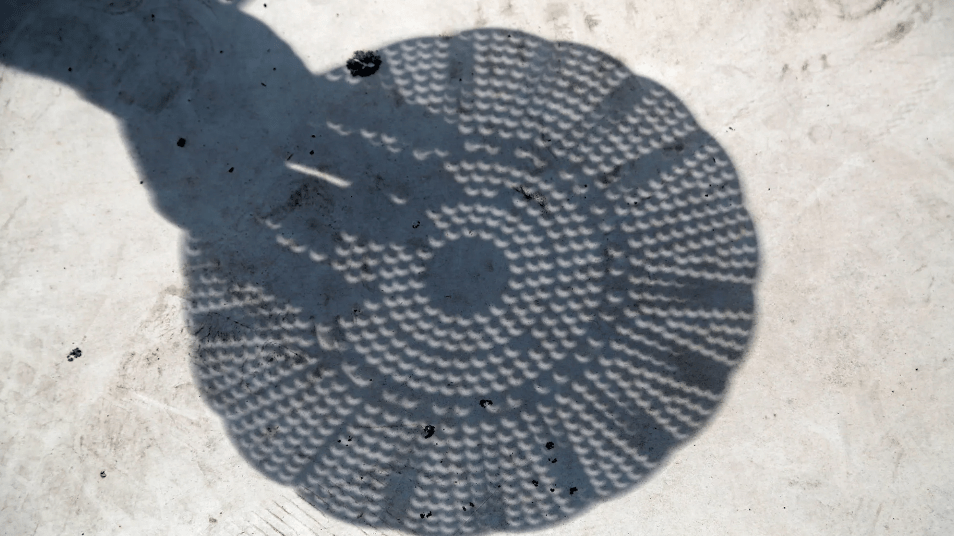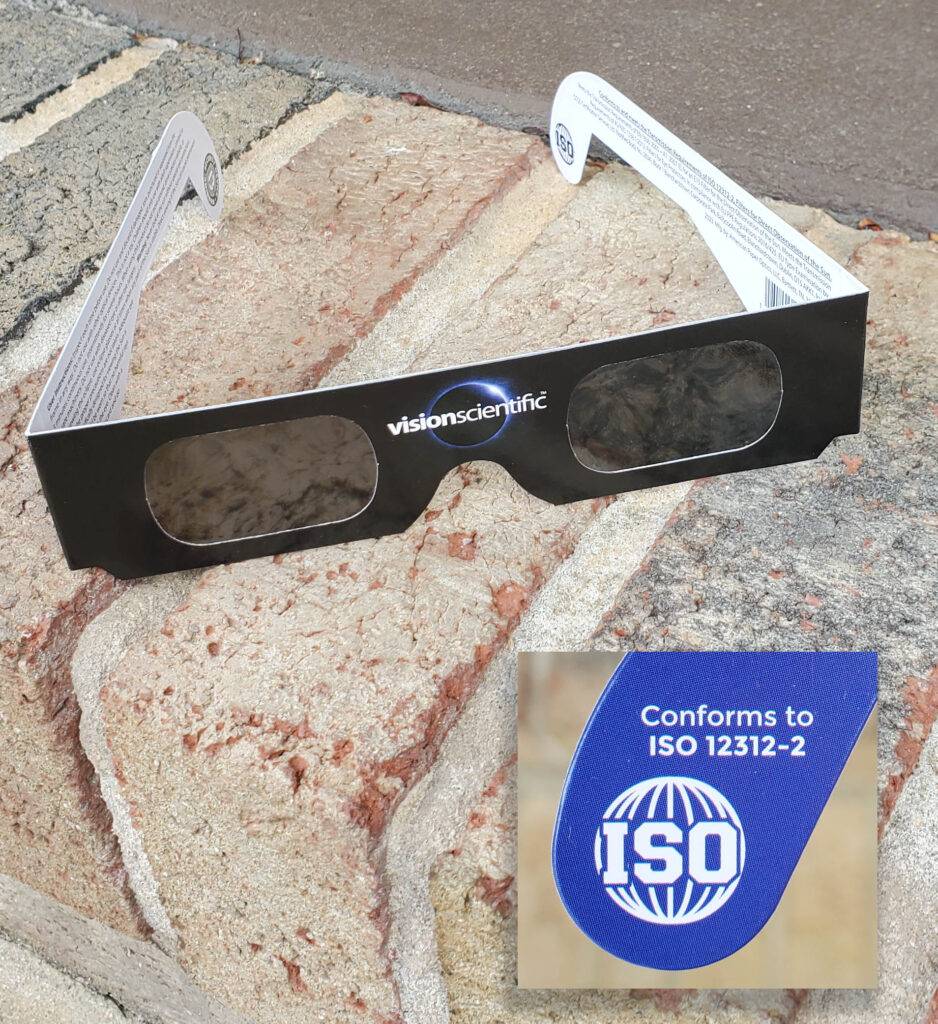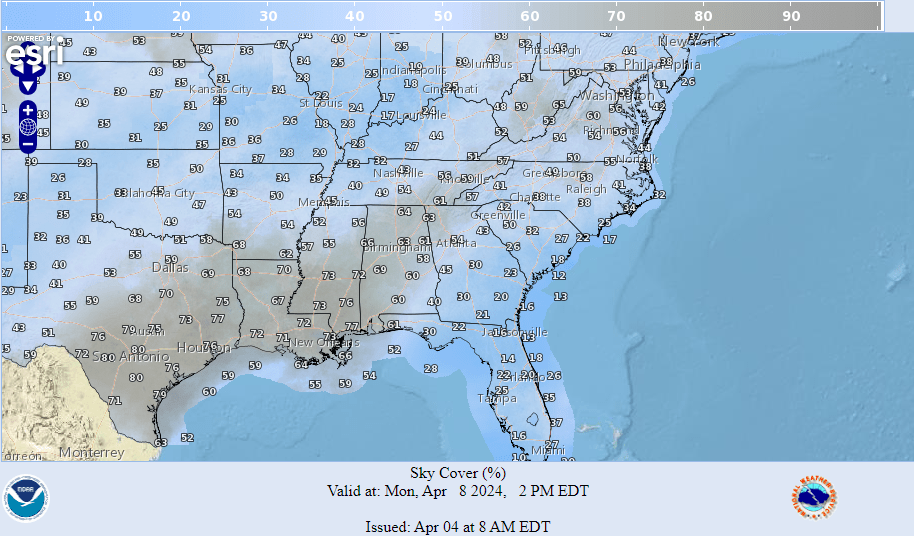ASHEBORO — On Monday, a total solar eclipse will cross North America, and while Randolph County isn’t in the path of totality, it will still be an astronomical event worth witnessing.
A total solar eclipse occurs when the moon passes between the sun and Earth, completely blocking the face of the sun. To fully witness a total solar eclipse, including seeing the “ring of fire,” you’ll need to be within a 115-mile-wide area stretching from Texas to Maine called the path of totality.
None of North Carolina is in the path, so no one in the state will see the moon fully cover the sun. In Randolph County, astronomers say the moon will cover around 80% of the sun, making the experience close to the 2017 total solar eclipse during which there was 90% coverage of the sun.
When is it happening?
According to NASA, the eclipse will start in Randolph County on Monday, April 8th, 2024 at 1:56 p.m. EDT and reach its peak of 80.2% coverage at 3:13 p.m. The eclipse will end at around 4:27 p.m.
Track the path of the solor eclipse on NASA’s Eclipse Explorer – go.nasa.gov/EclipseExplorer
What to expect
Being outside the path of totality, viewers in Randolph County will witness a partial solar eclipse. Around the time of max coverage, you may notice it get darker and cooler, especially right before, during and after max coverage; shadows may take on strange shapes appearing as crescents; and animals may act strangely, with some like birds adopting their nighttime behaviors during the period of darkness.

How to safely view the eclipse
Locally, not being in the path of totality the moon will not completely cover the sun, so at no point during the eclipse will it be safe to look directly at the sun without special eclipse glasses.
Specialized eclipse glasses should meet the ISO 12312-2 international standard. Officials say sunglasses and welding masks, no matter how dark, are not the same as eclipse glasses and are not safe for viewing the sun.

If you want to snag a pair of eclipse glasses ahead of time, you might want to act fast. The Asheboro Walmart says it has sold out its eclipse glasses and do not expect any more to arrive. The Randleman Walmart says it does still have several pairs of eclipse glasses left in the store. You can also order them online from Amazon, but just keep an eye on the delivery date to ensure they will arrive on time.
According to officials, viewing any part of the bright sun through a camera lens, binoculars or a telescope without a special-purpose solar filter secured over the front of the optics will instantly cause severe eye injury.
For more instruction on safely viewing the eclipse, visit the American Astronomical Society’s site at eclipse.aas.org/eye-safety
Will there be anything to see?
Current forecast models from the National Weather Service are showing 40-60% cloud cover around the time of the eclipse with a chance of rain.

The forecast may change in the coming days. If the sky will be clear enough to catch a glimpse of the eclipse here in Randolph County remains to be seen.
Will N.C. get a total solar eclipse in the future?

Two total solar eclipses will pass to the south of North Carolina in 2045 and 2052. To see a total solar eclipse here in North Carolina, you will need to wait until May 11, 2078.
Check out these local eclipse events happening in Randolph County.
Know of an event we missed? Email us and let us know.

